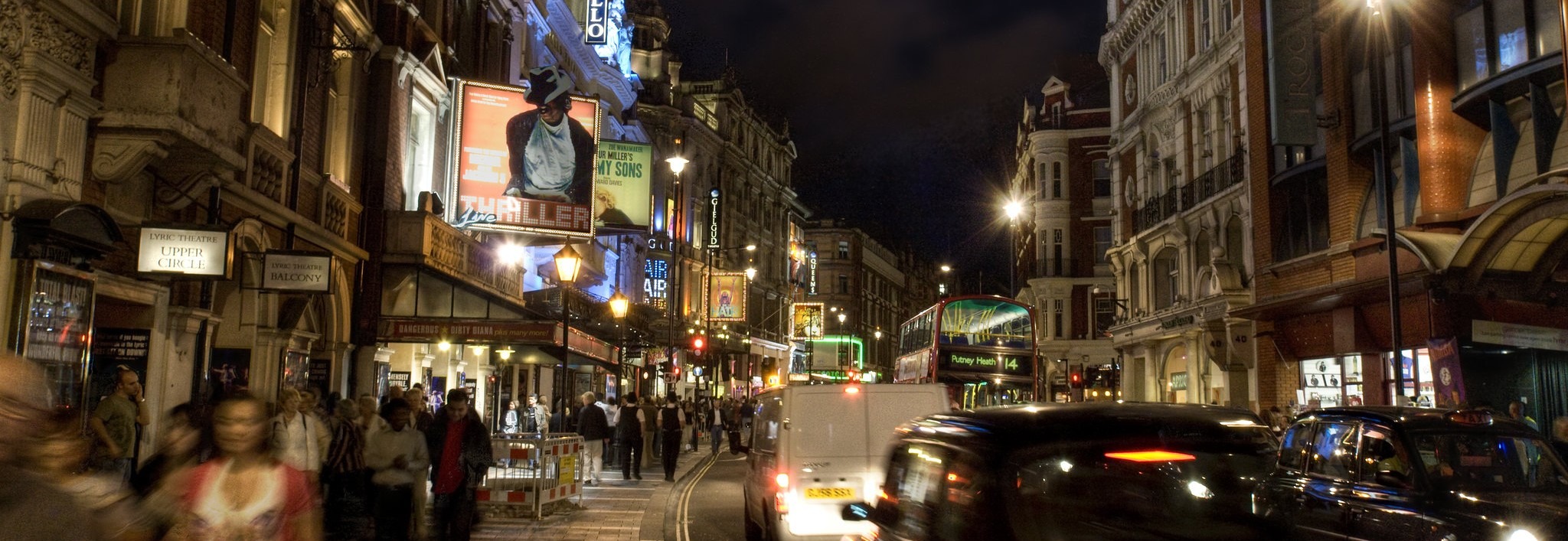West End attendance is at a high: Shining a spotlight on the 2024 West End statistics
Since breaking out of lockdown, those working in the West End, London’s renowned theatre district, have tirelessly aimed to return attendance figures for performances to the levels they reached pre-pandemic. Their hardworking efforts have paid off. West End theatre attendance is at an all-time high, matching the figures of 2023 with 17.1 million people in the audience across 18,500 shows, as reported by the Society of London Theatre. But why, with cinema and visitor attraction attendance dropping, is theatre attendance soaring?
2024 was full of rebranding and rebooting. The past year saw the resurrection of shows from the high-energy Starlight Express to the heart-wrenching Next to Normal, which was nominated for four Olivier Awards in the 2024 ceremony. The introduction of the new musical, and fan-favourite stage adaptation, Mean Girls, has helped to attract younger audiences. As well as beloved classics returning to the stage, some of the highest performing musicals are stalwarts of the stage, from the ever-popular Hamilton to the smash-hit Mamma Mia!. The success of the Wicked movie, which graced our screens in November last year, also most definitely had an impact on the attendance figures of the adored musical at the tail end of the year.
The increase in discounted tickets for students or pensioners has allowed the theatre to become a more affordable trip for those without endless spare change.
Additionally, many well-known stars taking to the stage will have benefitted the attendance figures. Hollywood actor and Spider-Man himself, Tom Holland, channelled Romeo for Jamie Lloyd’s take on the Shakespearean play, Romeo and Juliet, whilst West End veteran Layton Williams played the iconic Emcee in the reboot of Cabaret at the Playhouse Theatre. The evident success of a star-studded cast has been mirrored this year too, with Tom Hiddleston and Paul Mescal stepping onto the West End stage earlier this year in Much Ado About Nothing and A Streetcar Named Desire, respectively.
The report also highlights that West End attendance is higher than Broadway, with 5 million more seats sold in London than in New York. Ticket prices may have contributed to this statistic, as the average ticket price is down by five per cent compared to the prices before the pandemic. The increase in discounted tickets for students or pensioners has allowed the theatre to become a more affordable trip for those without endless spare change.
the popularity of the theatre proves that the talent of the performers and those who work backstage is something that cannot be replaced as technology continues to evolve.
While discussing the economics of the theatre, it is also important to note that the West End is emphasised as a major source of London’s economy. A trip to the theatre is considered a whole day, or even a weekend, affair, illustrated by the fact that for every pound spent on a theatre ticket, an additional £1.27 is spent in the capital’s hotels and restaurants. Indeed, the theatre district is pinpointed by the report as a staple in a visiting tourist’s trip: one in four international tourists takes a seat in one of the many West End theatres.
This money spent within the theatre helps to support the 230,000 full-time jobs that the industry provides, from the professionally trained performers to the backstage talent of costume designers, set designers, and lighting specialists, to name a few. The popularity of the theatre proves that the talent of the performers and those who work backstage is something that cannot be replaced as technology continues to evolve.
The rising increase in energy bills is not just affecting people’s homes but has additionally taken its toll on the theatres themselves, with energy bills soaring to 120 per cent more than what they were at pre-pandemic levels.
However, the report does not just shine a light (or a spotlight, if you will) on the positives of the theatre, but also emphasises some of the theatre’s recent struggles. The rising increase in energy bills is not just affecting people’s homes but has additionally taken its toll on the theatres themselves, with energy bills soaring to 120 per cent more than what they were at pre-pandemic levels. Despite this, as a whole, the report is overwhelmingly positive about the current state of the London theatre scene.
All in all, the constant refresh of what’s on stage, as well as the endless talent of the performers on the stage and the unsung heroes off the stage, has maintained the vibrancy of the London theatre scene. It does not look like theatre attendance figures will be wavering anytime soon.

Comments